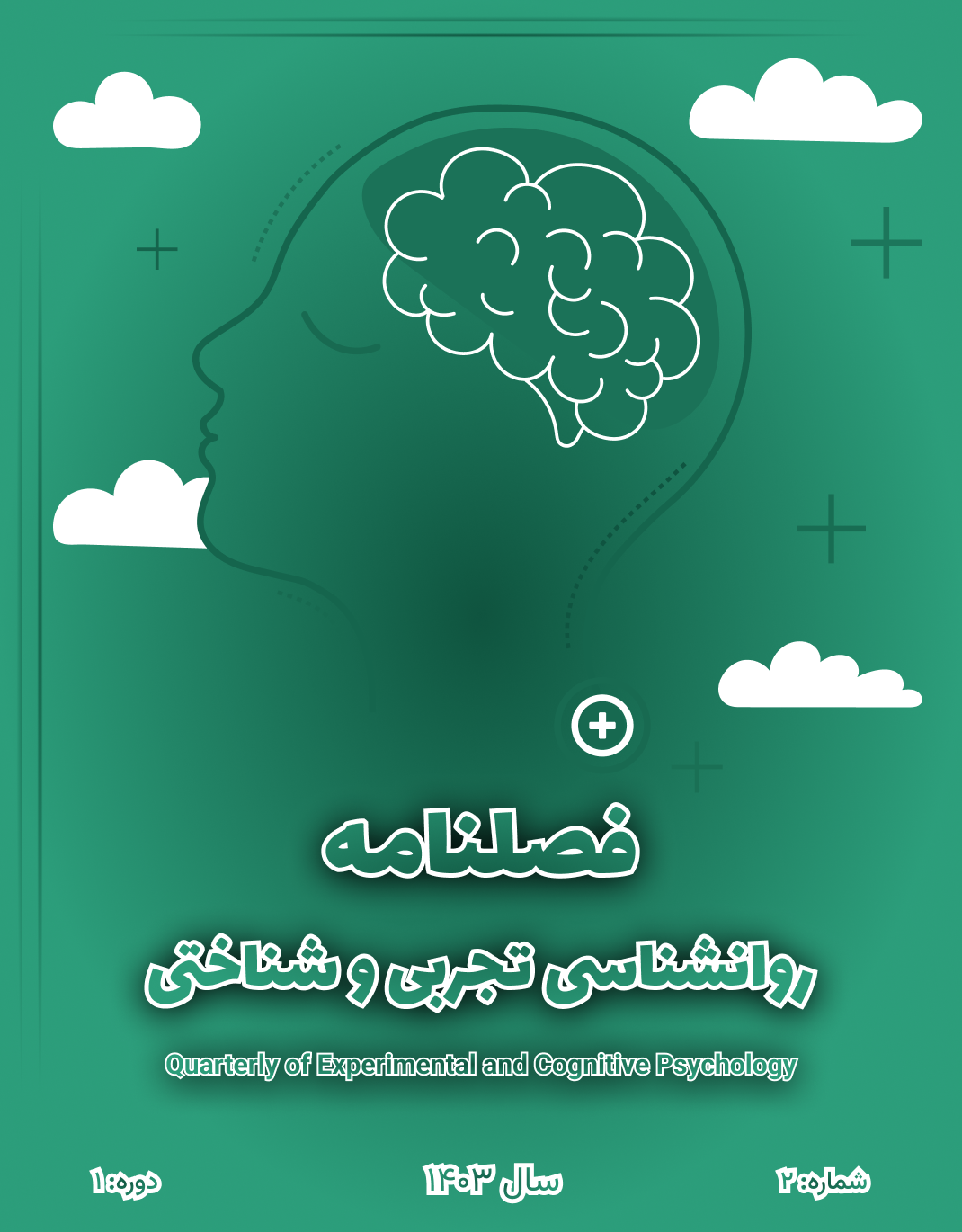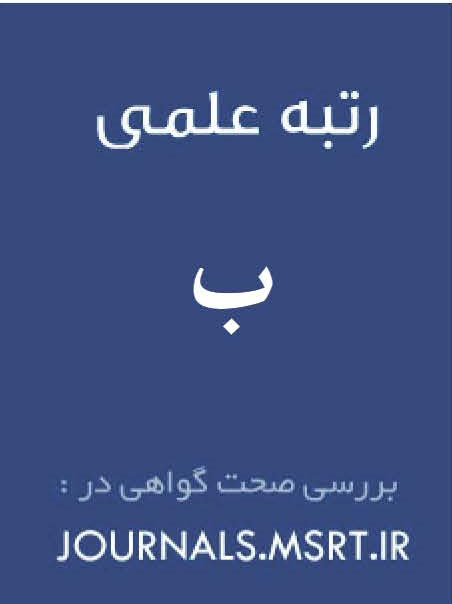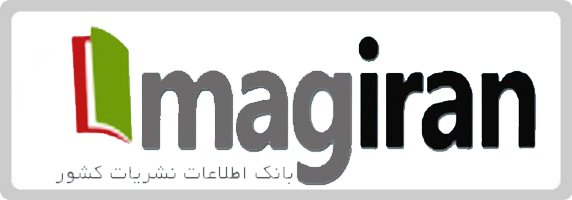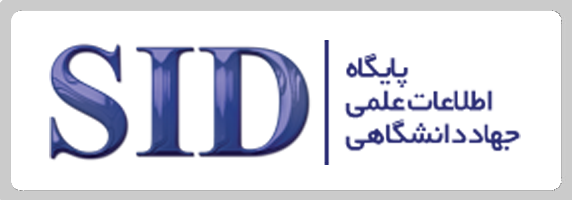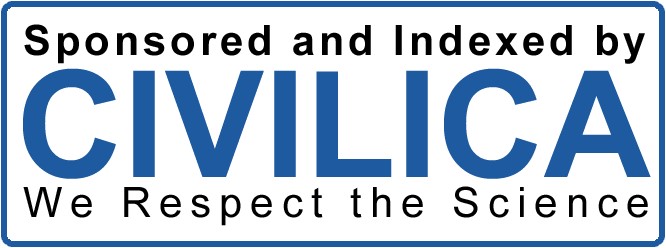پیشبینی اعتیاد به اینترنت بر اساس سواد دیجیتال و روابط بینفردی در دختران نوجوان وابسته به بازیهای آنلاین
کلمات کلیدی:
اعتیاد به اینترنت, سواد دیجیتال, روابط بینفردی, وابسته به بازیهای آنلاینچکیده
هدف: بازیهای آنلاین یکی از فعالیتهای بسیار جذاب و هیجانانگیز است که میتواند سبب اعتیاد به اینترنت شود. در نتیجه، پژوهش حاضر با هدف پیشبینی اعتیاد به اینترنت بر اساس سواد دیجیتال و روابط بینفردی در دختران نوجوان وابسته به بازیهای آنلاین انجام شد.
روششناسی: این مطالعه از نظر هدف، کاربردی و از نظر شیوه اجرا، مقطعی از نوع همبستگی بود. جامعه پژوهش همه دختران نوجوان وابسته به بازیهای آنلاین مراجعهکننده به مراکز مشاوره و خدمات روانشناختی شهر اهواز در سال 1403 بودند. حجم نمونه با توجه به ریزشهای احتمالی 120 نفر لحاظ شد که پس از بررسی ملاکهای ورود به مطالعه با روش نمونهگیری هدفمند انتخاب شدند. برای گردآوری دادهها از پرسشنامه بازی آنلاین (وانگ و چانگ، 2002)، پرسشنامه اعتیاد به اینترنت (یانگ، 1998)، پرسشنامه سواد دیجیتال (ودا و همکاران، 2022) و مقیاس بدکارکردی روابط همسالان (هادسون، 1990) استفاده شد. دادههای مطالعه حاضر با روشهای ضرایب همبستگی پیرسون و رگرسیون چندگانه با مدل همزمان در نرمافزار SPSS-26 تحلیل شدند.
یافتهها: ن یافتههای این پژوهش نشان داد که بین سواد دیجیتال با اعتیاد به اینترنت در دختران نوجوان وابسته به بازیهای آنلاین همبستگی منفی و معنادار و بین بدکارکردی روابط بینفردی با اعتیاد به اینترنت در آنان همبستگی مثبت و معنادار وجود داشت (01/0P<). همچنین، متغیرهای سواد دیجیتال و بدکارکردی روابط بینفردی بهطور معناداری توانستند 40 درصد از تغییرهای اعتیاد به اینترنت در دختران نوجوان وابسته به بازیهای آنلاین را پیشبینی نمایند که در این پیشبینی سهم بدکارکردی روابط بینفردی در مقایسه با سواد دیجیتال بیشتر بود (001/0P<).
نتیجهگیری: با توجه به یافتههای پژوهش حاضر، جهت کاهش اعتیاد به اینترنت در دختران نوجوان وابسته به بازیهای آنلاین میتوان از طریق کارگاههای آموزشی زمینه را برای افزایش سواد دیجیتال و کاهش بدکارکردی روابط بینفردی فراهم نمود.
دانلودها
مراجع
Aftab, R., Taghiloo, S., & Karbalaei MohammadMeygouni, A. (2016). The structural model of relationship between borderline personality traits, interpersonal difficulties and internet addiction. Psychological Achievements, 23(2), 113-136. https://doi.org/10.22055/psy.2017.12583
Agbo, F. J., Oyelere, S. S., Suhonen, J., & Laine, T. H. (2021). Co-design of mini games for learning computational thinking in an online environment. Education and Information Technologies, 26(5), 5815-5849. https://doi.org/10.1007/s10639-021-10515-1
Aksoy, S., Avunduk, S., Gavcar, E. G., & Buber, A. (2025). Evaluation of social media privacy, internet addiction in adolescents who are victims of sexual abuse and digital awareness in their parents. Journal of Psychiatric Research, 182, 368-372. https://doi.org/10.1016/j.jpsychires.2025.01.030
Atadokht, A., & Ebadi, M. (2023). Fitting the causal model based on online game addiction according to brain quadrants dominance mediated by the behavioral regulation of emotion. Shefaye Khatam, 11(2), 41-51. http://dx.doi.org/10.61186/shefa.11.2.41
Baker-Smith, C. M., Sood, E., Prospero, C., Zadokar, V., & Srivastava, S. (2021). Impact of social determinants and digital literacy on telehealth acceptance for pediatric cardiology care delivery during the early phase of the COVID-19 pandemic. The Journal of Pediatrics, 237, 115-124. https://doi.org/10.1016/j.jpeds.2021.06.036
Hao, Q., Peng, W., Wang, J., Tu, Y., Li, H., & Zhu, T. (2022). The correlation between internet addiction and interpersonal relationship among teenagers and college students based on Pearson's correlation coefficient: A systematic review and meta-analysis. Frontiers in Psychology, 13(818494), 1-14. https://doi.org/10.3389/fpsyt.2022.818494
Haoran, S., Tianci, L., Hanwen, C., Baole, T., Yiran, C., & Yan, J. (2023). The impact of basketball on the social adjustment of Chinese middle school students: the chain mediating role of interpersonal relationships and self-identity. Frontiers in Psychology, 14(1205760), 1-13. https://doi.org/10.3389/fpsyg.2023.1205760
Hosseini, S. Y., & Rafezi, Z. (2024). Predicting internet addiction through various time perspectives and object relations in students. Social Psychology Research, 14(55), 37-48. https://doi.org/10.22034/spr.2024.429237.1928
Hudson, W. (1990). A short-form scale to measure peer relations dysfunction. Journal of Social Service Research, 13(4), 57-69. https://psycnet.apa.org/doi/10.1300/J079v13n04_04
Ibrahim, A. K., Fouad, I., Kelly, S. J., El Fawal, B., & Ahmed, G. K. (2022). Prevalence and determinants of internet addiction among medical students and its association with depression. Journal of Affective Disorders, 314, 94-102. https://doi.org/10.1016/j.jad.2022.07.007
Jameinezhad, F., Omidian, M., Basaknejad, S., & Maktabi, Gh. (2024). Compilation and validation of the educational package for control addiction to online games in teenagers. Journal of New Approach to Children’s Education, 6(2), 82-94. https://doi.org/10.22034/naes.2024.461414.1433
Korkmaz. O., & Colak Kilic, H. (2024). Secondary school students' digital literacy skills, social media addictions and attitudes to social media use. International Journal of Technology in Education, 7(4), 883-902. https://doi.org/10.46328/ijte.809
Lee, S., Ahn, H. Y., & Choi, H. S. (2022). Effects of ego-resiliency on interpersonal problems among nursing students: The mediating effects of aggression. Healthcare, 10(2455), 1-11. https://doi.org/10.3390/healthcare10122455
Li, L., Liang, J., & Chen, Sh. (2024). How autonomy support environment influences student online game addiction: The mediating roles of academic motivation and academic perseverance. International Journal of Mental Health Promotion, 26(10), 777-790. https://doi.org/10.32604/ijmhp.2024.056988
Matias, A., Soeiro, C., Almeida, I., Santos, R. P., Bauto, R. V., & Oliveira, S. (2023). Alexithymia, personality, internet addiction, and interpersonal relationships. Medical Sciences Forum, 22(42), 1-4. https://doi.org/10.3390/MSF2023022042
Mirzaei, F., Sarrafzadeh, M., & Khandan, M. (2020). Proposed content framework for digital literacy education to users in Iran. Human Information Interaction, 7(3), 31-49. https://dor.isc.ac/dor/20.1001.1.24237418.1399.7.3.6.2
Mohebi, M., Asadzade, H., & Farrokhi, N. (2020). Modeling the structural relationships of internet addiction based on executive functions and problems interpersonal: The mediating role of alexithymia. Shenakht Journal of Psychology and Psychiatry, 7(3), 150-165. https://shenakht.muk.ac.ir/article-1-938-fa.html
Mokshthaa, N. B., & Vishwas, S. (2023). Internet addiction and gaming disorder during the COVID-19 pandemic among young people in Southern Karnataka. Cureus, 15(7), e42159, 1-8. https://doi.org/10.7759/cureus.42159
Nadiradze, T., Bakhtadze, S., Kvachadze, I., & Khachapuridze, N. (2024). Validation of the internet addiction test for adolescents (IAT-A) in the Georgian language. European Journal of Paediatric Neurology, 51, 125-131. https://doi.org/10.1016/j.ejpn.2024.06.006
Ozsari, A., & Deli, S. C. (2023). The relationship between digital literacy and digital addiction: A research of hockey athletes. The Online Journal of Recreation and Sports, 12(4), 491-501. https://doi.org/10.22282/tojras.1283899
Rahdar, M., Seydi, M. S., & Rashidi, A. (2020). Path analysis of family leisure to social development by mediating the quality of Parent-Adolescent communication and the quality of relationships with peers. Social Psychology Research, 10(37), 29-44. https://doi.org/10.22034/spr.2020.109695
Sharghi, M., & Jafari, A. (2024). The relationship between media literacy and the amount of use of virtual space and acceptance of media news among female students of the second year of high school. Communication Research, 31(117), 105-135. https://doi.org/10.22082/cr.2023.561781.2413
Sharifi Najafabadi, M., Moradijo, M., Behboodi, M., Keivani Borujeni, Z., & Yousefianzadeh, O. (2024). The relationship between internet addiction and information literacy among graduate students at Yazd University of Medical Sciences (2022-2023). Journal of Modern Medical Information Science, 10(3), 277-288. http://dx.doi.org/10.48312/jmis.10.3.113.3
Singh, P. (2024). Relationship of digital literacy with internet addiction and cyberloafing among senior secondary school students. Educational Administration: Theory and Practice, 30(1), 3299-3306. http://dx.doi.org/10.53555/kuey.v30i1.7135
Soltani Varankeshi, M., Mohsenpour, M., & Abdollahi, A. (2025). Psychometric properties of the digital literacy questionnaire for undergraduate students. Iranian Journal of Information Processing and Management, In Press. https://doi.org/10.22034/jipm.2025.719909
Sun, Y., & Wilkinson, J. S. (2020). Parenting style, personality traits, and interpersonal relationships: A model of prediction of internet addiction. International Journal of Communication, 14, 2163-2185. https://ijoc.org/index.php/ijoc/article/view/11226
Tabachnick, B. G., & Fidell, L. S. (2019). Using multivariate statistics. 7th ed., California: Pearson Publication. https://www.amazon.com/Using-Multivariate-Statistics-Barbara-Tabachnick/dp/0134790545
Top, F. U., Cevik, C., & Gunes, N. B. (2023). The relation between digital literacy, cyberchondria, and parents' attitudes to childhood vaccines. Journal of Pediatric Nursing, 70, 12-19. https://doi.org/10.1016/j.pedn.2023.01.006
Van Voorst, R. (2024). Challenges and limitations of human oversight in ethical artificial intelligence implementation in health care: Balancing digital literacy and professional strain. Mayo Clinic Proceedings: Digital Health, 2(4), 559-563. https://doi.org/10.1016/j.mcpdig.2024.08.004
Voda, A. I., Cautisanu, C., Gradinaru, C., Tanasescu, C., & De Moraes, G. H. S. M. (2022). Exploring digital literacy skills in social sciences and humanities students. Sustainability, 14(2483), 1-31. https://doi.org/10.3390/su14052483
Wang, S., & Chang, Y. (2002). Psychological analysis of online game users. Human Computer Interaction, 2, 329-333. https://etd.ohiolink.edu/acprod/odb_etd/ws/send_file/send?accession=bgsu1435084396&disposition=inline
Wendt, L. P., Wright, A. G. C., Pilkonis, P. A., Nolte, T., Fonagy, P., Montague, P. R., & et al. (2019). The latent structure of interpersonal problems: Validity of dimensional, categorical, and hybrid models. Journal of Abnormal Psychology, 128(8), 823-839. https://doi.org/10.1037/abn0000460
Yang, X., Liao, T., Wang, Y., Ren, L., & Zeng, J. (2024). The association between digital addiction and interpersonal relationships: A systematic review and meta-analysis. Clinical Psychology Review, 114, 102501. https://doi.org/10.1016/j.cpr.2024.102501
Young, K. S. (1998). Internet addiction: The emergence of a new clinical disorder. Cyber Psychology and Behavior, 1(3), 237-244. https://psycnet.apa.org/doi/10.1089/cpb.1998.1.237
Zandi Payam, A., & Mirzaeidoostan, Z. (2019). Online game addiction relationship with cognitive distortion, parenting style, and narcissistic personality traits in students. Iranian Journal of Psychiatry & Clinical Psychology, 25(1), 72-83. http://dx.doi.org/10.32598/ijpcp.25.1.72
Zhang, G., & Bi, S. (2024). Evolutionary game analysis of online game studios and online game companies participating in the virtual economy of online games. PLOS ONE, 19(1), e0296374, 1-24. https://doi.org/10.1371/journal.pone.0296374
دانلود
چاپ شده
ارسال
بازنگری
پذیرش
شماره
نوع مقاله
مجوز
حق نشر 2025 مروارید بریمانی, زهرا دشتبزرگی (نویسنده)

این پروژه تحت مجوز بین المللی Creative Commons Attribution-NonCommercial 4.0 می باشد.
